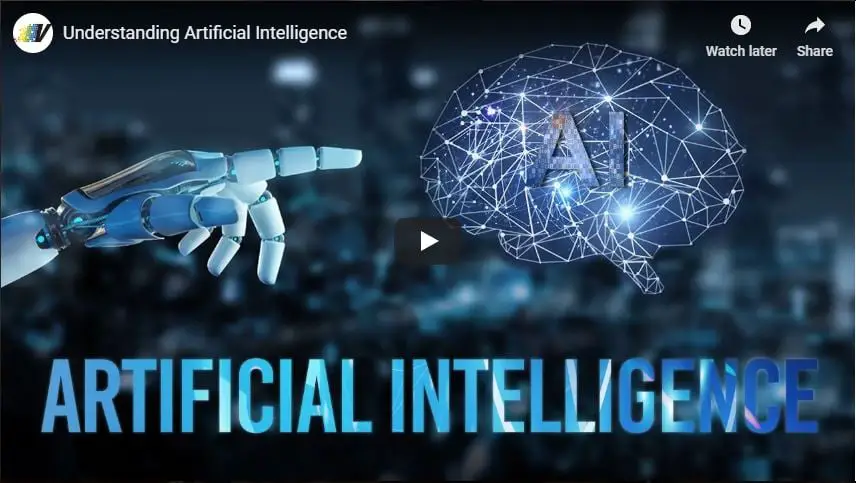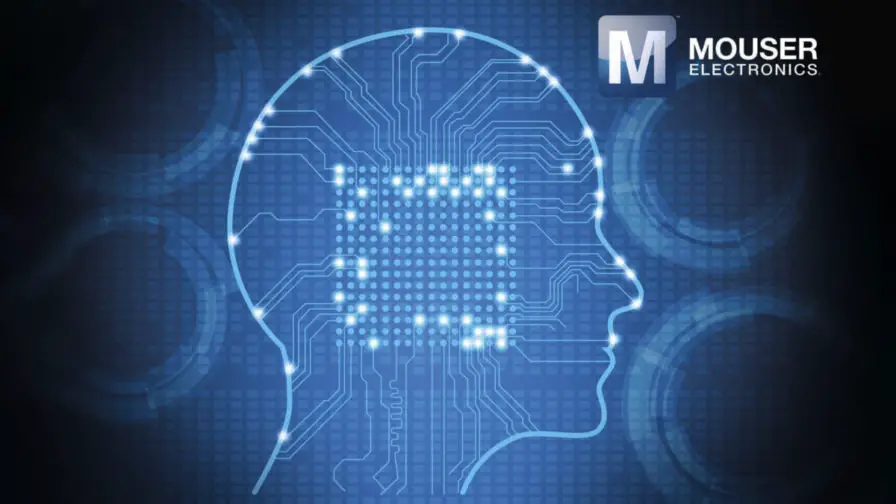Understanding AI: A Beginner’s Guide

Executive Summary

Artificial Intelligence (AI) is rapidly transforming various industries and aspects of our lives. This comprehensive guide provides an accessible introduction to AI, covering its definition, key subtopics, and practical implications for individuals and businesses.

Introduction
Artificial Intelligence (AI) refers to the ability of computer systems to mimic human intelligence in tasks such as learning, problem-solving, and decision-making. AI technologies have gained significant attention due to their potential to enhance efficiency, automate processes, and create new products and services.
FAQs
- What is Machine Learning?
Machine Learning is a subset of AI that enables computers to learn from data without explicit programming. - How is AI used in business?
- Customer service chatbots
- Fraud detection
- Predictive analytics
- What are the ethical concerns surrounding AI?
- Job displacement
- Bias in decision-making
- Privacy violations
Subtopics of AI
Natural Language Processing (NLP)
NLP focuses on the interaction between computers and human language. Key components:
- Text classification: Assigning categories to text data.
- Machine translation: Converting text from one language to another.
- Chatbots: Simulating human conversations through text-based interactions.
Computer Vision
Computer Vision enables computers to interpret and understand visual data. Key components:
- Image recognition: Identifying objects, faces, and scenes in images.
- Video analysis: Extracting insights from video footage.
- Self-driving cars: Navigating roads using computer vision algorithms.
Expert Systems
Expert Systems are designed to emulate the knowledge and reasoning abilities of human experts. Key components:
- Knowledge representation: Encoding expert knowledge in a computer-understandable format.
- Inference engine: Applying rules and logic to derive conclusions from knowledge.
- Applications: Medical diagnosis, financial planning, and legal reasoning.
Machine Learning
Machine Learning empowers computers to learn from data without explicit programming. Key components:
- Supervised Learning: Training models using labeled data.
- Unsupervised Learning: Finding patterns and structures in unlabeled data.
- Reinforcement Learning: Optimizing actions based on rewards and punishments.
Robotics
Robotics involves the design, construction, and operation of autonomous machines. Key components:
- Motion planning: Generating safe and efficient paths for robots to follow.
- Perception: Enabling robots to sense and interpret their surroundings.
- Manipulation: Equipping robots with the ability to grasp and move objects.
Conclusion
AI holds immense potential to revolutionize our world, both in positive and negative ways. By understanding the key subtopics and applications of AI, individuals and businesses can harness its benefits responsibly and mitigate potential risks. As AI continues to evolve, it is crucial to approach it with a balanced perspective, fostering innovation while addressing ethical and societal concerns.
Keyword Tags
- Artificial Intelligence (AI)
- Natural Language Processing (NLP)
- Computer Vision
- Machine Learning
- Robotics
